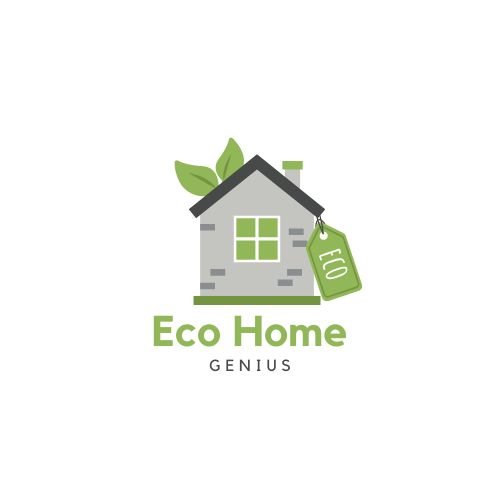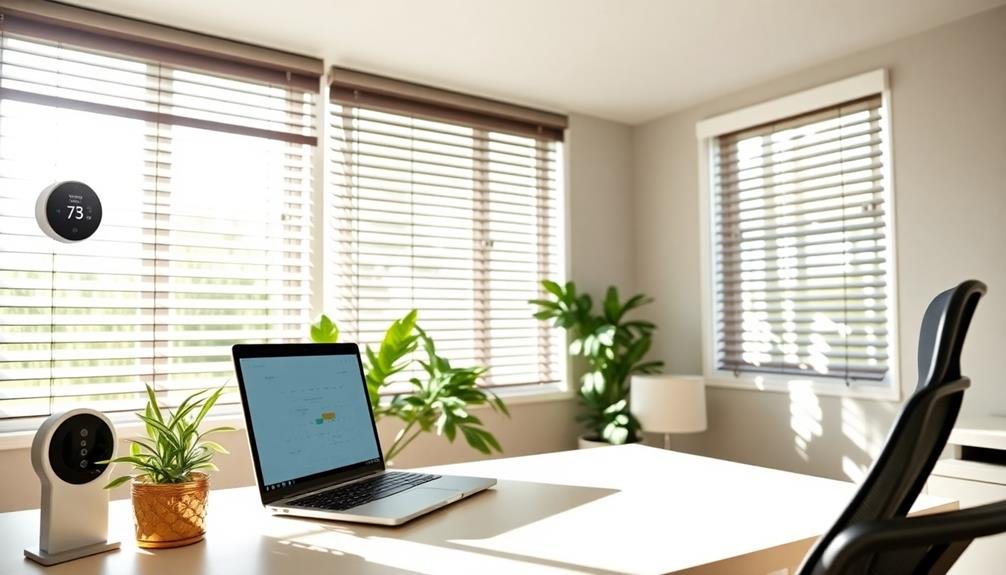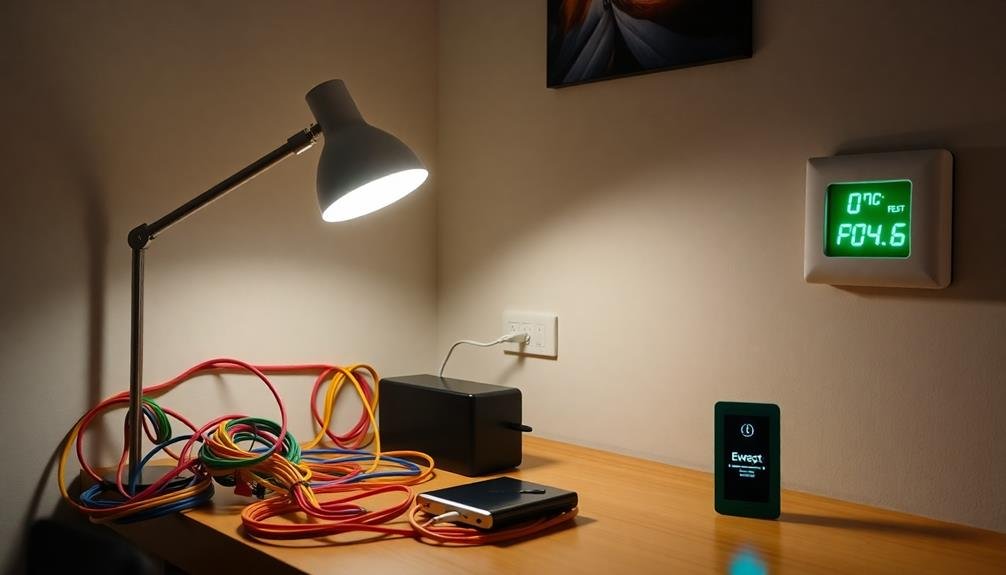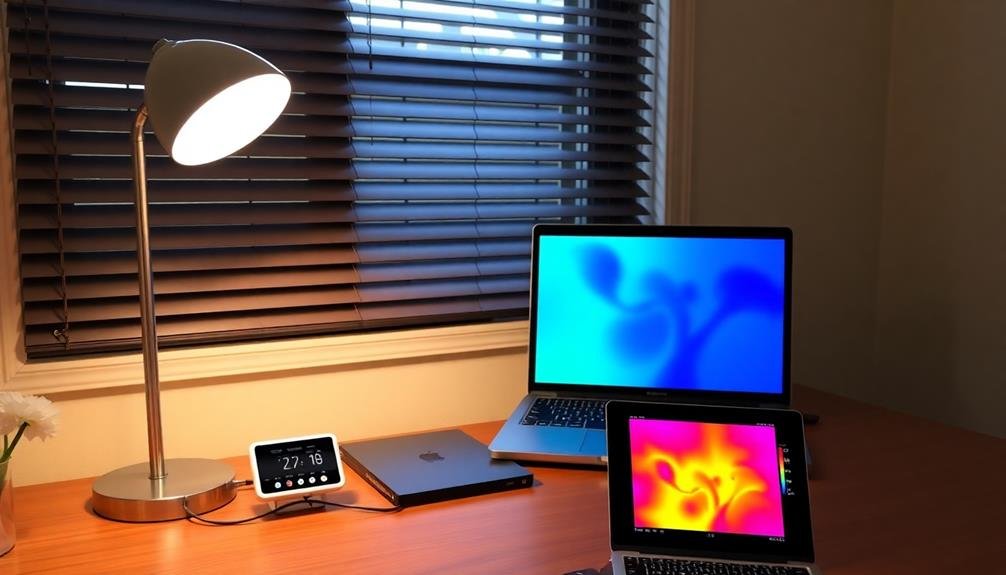Looking for eco-friendly home energy solutions? Consider these top 5 vertical axis wind turbines (VAWTs): The Savonius VAWT offers simplicity and efficiency, perfect for urban settings. The Darrieus VAWT excels in high-speed performance for moderate to strong winds. For aesthetic appeal, the Helical VAWT combines beauty with functionality. The Giromill VAWT adapts well to turbulent urban winds and small spaces. Finally, Hybrid VAWTs merge multiple technologies for versatile energy production. Each option provides unique benefits, from quiet operation to low maintenance, making them ideal for residential use. Explore these VAWT designs to find the perfect fit for your sustainable energy needs.
Savonius VAWT: Simple and Efficient

Many homeowners looking for eco-friendly energy solutions have turned to the Savonius VAWT as a simple yet efficient option. This vertical axis wind turbine design features two or more scoops that catch the wind, causing the turbine to spin around a central shaft. Its simplicity makes it easy to construct and maintain, even for DIY enthusiasts.
You'll find that Savonius VAWTs work well in urban environments and areas with low wind speeds. They're quieter than traditional horizontal axis turbines and can start generating power at wind speeds as low as 2 mph. This makes them ideal for residential use, where noise and visual impact are concerns.
While Savonius VAWTs aren't as efficient as some other turbine designs, their low cost and reliability make them an attractive choice for small-scale energy production. They're particularly useful for powering outdoor lighting, charging batteries, or supplementing your home's energy supply.
When considering a Savonius VAWT, you'll need to factor in your location's average wind speeds and available space. These turbines can be mounted on rooftops or in yards, providing flexibility in installation options.
Darrieus VAWT: High-Speed Performance
While Savonius VAWTs excel in low-wind conditions, the Darrieus VAWT offers a different set of advantages for homeowners seeking high-performance wind energy solutions. This type of turbine is known for its high-speed operation and efficiency, making it an attractive option for areas with consistent, moderate to strong winds.
You'll find that Darrieus VAWTs come in various designs, including the classic "eggbeater" shape and the more modern H-rotor configuration. These turbines can capture wind from any direction, eliminating the need for complex yaw mechanisms. They're also quieter than horizontal-axis turbines, which is a significant benefit for residential areas.
One of the key advantages of Darrieus VAWTs is their ability to generate more power at higher wind speeds. They've got a higher tip-speed ratio, allowing them to produce electricity more efficiently in ideal conditions.
However, you should be aware that they typically require a small motor to start spinning, unlike Savonius turbines.
When considering a Darrieus VAWT for your home, you'll need to factor in your local wind patterns and available space. These turbines are taller than Savonius models but can be an excellent choice if you're looking to maximize energy production in windy environments.
Helical VAWT: Aesthetically Pleasing Design

Imagine a wind turbine that's as much a work of art as it's a source of renewable energy. That's the helical vertical axis wind turbine (VAWT). With its elegant, spiral-shaped blades, this turbine adds a touch of sophistication to your eco-friendly home.
The helical VAWT's unique design isn't just for looks. Its twisted blades capture wind from any direction, eliminating the need for a yaw mechanism. This feature makes it ideal for urban environments where wind patterns can be unpredictable.
You'll also appreciate its quiet operation, as the helical shape reduces noise and vibration.
While not as efficient as some other VAWT designs at high wind speeds, the helical turbine excels in low to moderate wind conditions. It starts generating power at lower wind speeds than many alternatives, making it a reliable choice for areas with inconsistent winds.
Installation is straightforward, and maintenance is minimal due to fewer moving parts. You can mount it on your roof or in your yard, depending on your preference and local regulations.
The helical VAWT's visually appealing design may even help overcome objections from neighbors or homeowners' associations, making it easier to embrace renewable energy at home.
Giromill VAWT: Adaptable Urban Solution
For those seeking a more efficient urban wind energy solution, the Giromill VAWT offers an excellent alternative. This vertical axis wind turbine features straight blades that pivot on a vertical shaft, allowing it to capture wind energy from any direction.
You'll find that Giromills are particularly well-suited for urban environments due to their compact design and ability to operate in turbulent wind conditions.
Unlike some other VAWT designs, Giromills can self-start in low wind speeds, making them more reliable for consistent energy production. They're also quieter than many horizontal axis turbines, which is a significant advantage in residential areas.
You can expect a Giromill to have a higher efficiency than Savonius turbines, though they may not match the performance of some helical designs.
When considering a Giromill for your home, you'll appreciate its adaptability. These turbines can be mounted on rooftops or in small yards, and their vertical orientation means they take up less space than traditional horizontal turbines.
They're also less likely to harm birds, making them a more wildlife-friendly option for eco-conscious homeowners.
Hybrid VAWT: Combining Multiple Technologies

By combining the strengths of different VAWT designs, hybrid VAWTs offer a versatile solution for home energy production. These innovative turbines merge features from various VAWT types, such as Savonius and Darrieus, to create a more efficient and adaptable system for residential use.
You'll find that hybrid VAWTs excel in several areas:
- Improved self-starting capabilities
- Enhanced performance in turbulent wind conditions
- Increased energy output across a wider range of wind speeds
- Greater structural stability and reduced vibration
When you're considering a hybrid VAWT for your home, you'll benefit from its ability to capture wind energy in urban and suburban environments.
These turbines can often start spinning at lower wind speeds than traditional VAWTs, making them ideal for areas with inconsistent wind patterns.
You'll also appreciate the reduced noise levels and lower visual impact compared to horizontal axis wind turbines.
Hybrid VAWTs can be easily integrated into existing architectural designs, allowing you to generate clean energy without compromising your home's aesthetic appeal.
As technology advances, you can expect to see even more efficient and cost-effective hybrid VAWT options entering the market.
Frequently Asked Questions
What Is the Average Lifespan of a VAWT System?
You can expect your VAWT system to last 20-25 years on average. With proper maintenance, it might even reach 30 years. However, some components may need replacement sooner, depending on environmental conditions and usage.
How Much Maintenance Do VAWTS Require Compared to Traditional Wind Turbines?
You'll find VAWTs require less maintenance than traditional turbines. They've got fewer moving parts and don't need yaw mechanisms. You won't have to climb as high for repairs, and they're easier to access overall.
Can VAWTS Be Installed on Existing Structures Like Rooftops?
Yes, you can install VAWTs on existing structures like rooftops. They're often more suitable for urban environments than traditional turbines. You'll need to take into account weight, vibration, and local regulations before mounting a VAWT on your roof.
What Are the Noise Levels Produced by Different VAWT Designs?
You'll find VAWT noise levels vary by design. Savonius turbines are typically quieter, while Darrieus models can be noisier. Generally, VAWTs produce less noise than horizontal-axis turbines. Smaller VAWTs are often quieter than larger ones.
How Do VAWTS Perform in Areas With Frequently Changing Wind Directions?
You'll find VAWTs perform well in areas with changing wind directions. They don't need to reorient themselves, as they can capture wind from any angle. This makes them ideal for urban environments with turbulent airflow.
In Summary
You've now explored five excellent VAWT options for eco-friendly home energy. Whether you're drawn to the simplicity of Savonius, the speed of Darrieus, the beauty of Helical, the urban-friendly Giromill, or the versatility of Hybrid designs, there's a VAWT that'll suit your needs. By choosing one of these options, you're not just powering your home—you're contributing to a cleaner, greener future. It's time to harness the wind and make a difference.





Leave a Reply